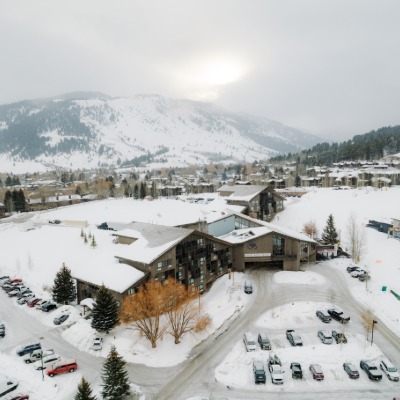St Gallen Drops Plans For Urban Cable Car

The canton of St.Gallen has examined the potential of an urban cable car in the St.Gallen region. The test shows that a cable car is hardly feasible. S-Bahn and bus bring more advantages for customers and are also cheaper to operate. These findings flow into the ongoing planning of public transport along the city axes.
The canton of St.Gallen is working with the cities of Gossau and St.Gallen to develop a concept for the future operation of the city axes with public transport. The aim is high-quality and economical public transport for the residents along the densely populated valley floor. The work is expected to be completed by the end of 2021. In addition to the well-known means of transport, S-Bahn and bus, the suitability of an urban cable car was also examined. These are currently being discussed worldwide on both a political and a technical level.
The suitability check, carried out by the canton with external support, comprised three possible routes: from Gossau via Winkeln to St.Gallen train station, from St.Gallen Neudorf to St.Gallen train station and from St.Gallen train station to the university and on to Engelburg. Based on a possible route, the potentials, but also the conflicts, were determined and an estimate made for the investment and operating costs. The test showed that the use of a cable car on the three examined routes is not appropriate.
The construction of an urban cable car leads to significant changes in the appearance of the place and in private property. The space requirement for stations is high. The costs of building and operating a cable car in an urban area are very expensive compared to a high-performance bus system. The quality of access is lower due to the large distances between the stations. The travel time is longer due to the limited travel speed compared to other means of transport, making the cable car less attractive. The advantages of a cable car to fly over natural barriers such as lakes, rivers or mountains cannot be exploited in the lines along the valley floor. With the other connections, a large difference in altitude could be overcome quickly. However, there is a lack of passenger potential on these routes,
The idea of a cable car will not be pursued further. Further planning focuses on the S-Bahn and buses as well as the connection points in the public transport network. Different variants are simulated and evaluated. The results will show how today's public transport network should develop further up to 2025 and which strategic directions should be pursued in the long term.













